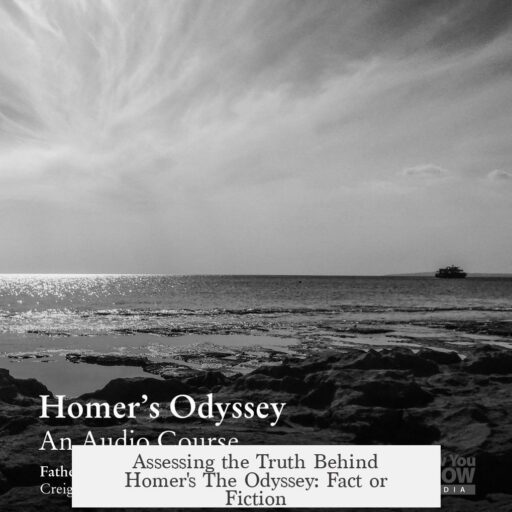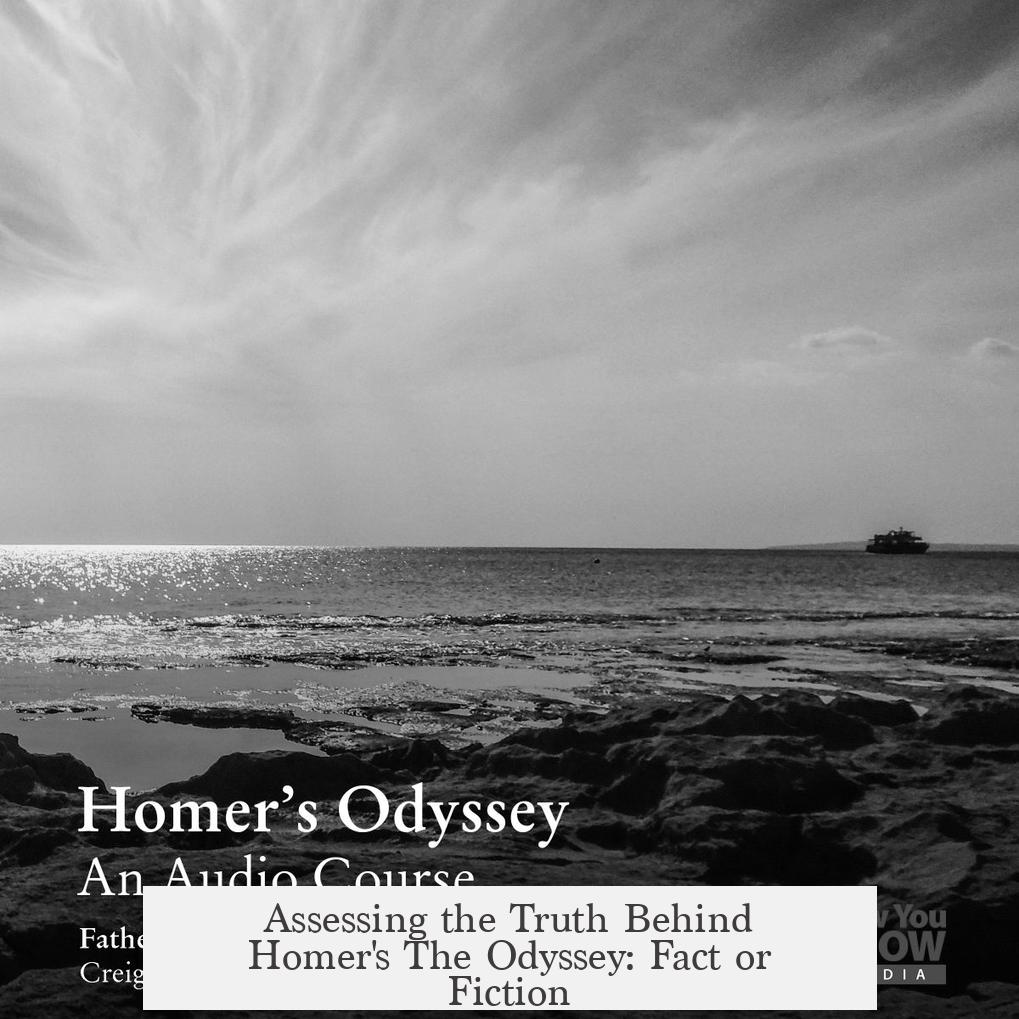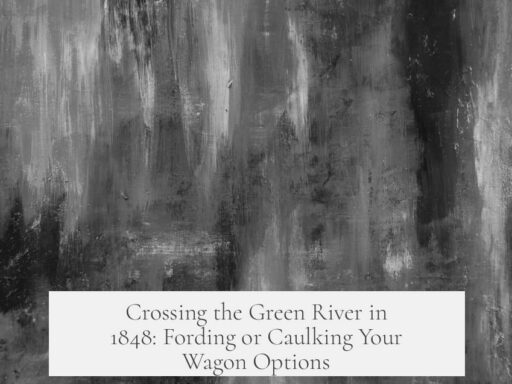Homer’s The Odyssey blends myth with possible historical elements, but no definitive proof confirms its events or characters as factual. The epic poem portrays Odysseus’s long voyage home laden with gods, monsters, and fantastical wonders. These features make it clear that the story cannot be taken as a literal or accurate historical account.
Archaeological discoveries since the 19th century have transformed views on Homeric places once thought purely mythical. Excavations by Heinrich Schliemann at Hisarlik reveal ruins widely accepted as ancient Troy. Likewise, sites corresponding to Mycenae, Sparta, and Knossos validate that Homer’s geography draws from real Bronze Age centers.
Odysseus himself remains elusive in the archaeological record. Unlike grand Mycenaean palaces, his kingdom in the western Ionian island region was modest. Debate continues over whether present-day Ithaka was the actual Homeric homeland or if its name was later adopted. Recent finds of a Bronze Age administrative center on the modern island support the notion of at least some historic political structure there. Habitation evidence on nearby islands, such as Kefalonia, adds weight to the existence of societies like those Homer described.
- Odysseus likely symbolizes either an archetypal figure or a blend of various historical leaders rather than being a single confirmed individual.
- Attempts to date Odysseus’s return by aligning Homeric descriptions with solar eclipses remain speculative and lack archaeological corroboration.
The nature of Homeric epics also limits their reliability as historical sources. The poems originated in oral tradition, evolving through generations before being committed to writing. “Homer,” if a specific person, was not the sole author—the epics resemble collaborative storytelling enriched over time. This transmission encourages mythologizing and embellishment, not strict record-keeping. Ancient scholars sometimes recognized this ambiguity; the Greek verb “homerizein” means “to lie,” highlighting skepticism about Homer’s veracity.
Mythological elements pervade The Odyssey. Characters such as the sorceress Circe turning men into pigs, the monstrous Cyclops, and the multi-headed Scylla betray a world of supernatural fiction. The journey’s ten-year duration contradicts practical sailing times—the Troy-to-Ithaca voyage would realistically take days, not years. Odysseus’s route includes improbable detours as far west as Spain, deviating from actual geography and further emphasizing the narrative’s creative nature.
Nonetheless, some argue that The Odyssey retains a core inspired by historical realities. Many historians consider the Iliad based partly on a real conflict around the Late Bronze Age. Extending this logic, the Odyssey’s narrative could incorporate genuine maritime travel and encounters but wrapped in mythic storytelling. Recent research maps many Odyssey episodes to recognizable coastal landmarks near Greece. The circular bay where Laestrygonians attack may correspond with Mezapos beach, suggesting familiarity with actual maritime geography.
The Land of the Lotus-Eaters appears to allude to Libya’s coast but diverges from other Greek sources’ depictions. This hints Homer’s sources included localized legends and interpretations. Possibly, either Homer or his oral sources traveled extensively or collected these traditions, integrating them into a grand tale.
| Aspect | Fact | Implication |
|---|---|---|
| Homeric Cities | Archaeological sites identified for Troy, Mycenae, Knossos | Supports historicity of setting’s geography |
| Odysseus | No direct archaeological evidence, debated Ithaka identity | Symbolic/archetypal figure rather than a confirmed person |
| Oral Tradition | Multiple authors, evolving stories | Epics reflect cultural memory, not facts |
| Mythological Content | Gods, monsters, supernatural events | Confirms fictionalized storytelling |
| Geographical Clues | Realistic maritime routes near Greek coasts | Suggests partial basis in real events and places |
Modern scholarship generally treats Homer’s epics as composite oral traditions that mix myth with fragments of historical memory. Euhemerist perspectives historically attempted to root Greek myths in kernels of truth, but the boundary between myth and history remains uncertain. Homer’s poems shaped Greek cultural identity regardless of factual status.
Summing up, Homer’s The Odyssey stands as a literary masterpiece more than a reliable history. Its mythical elements and inconsistent chronology prevent full historicity claims. Yet archaeological sites prove some locations were real, and geographical details hint at a basis in seafaring traditions. Odysseus likely represents a heroic ideal shaped from multiple influences rather than a single historical figure. The Odyssey exists in “quasi-historical limbo,” blending legendary narrative with remnants of ancient history but without conclusive evidence for literal truth.
- Homeric cities like Troy and Mycenae have archaeological grounding; Odysseus does not.
- The Odyssey’s fantastical events exclude it from being strict historical record.
- Oral tradition encourages mythologizing and composite storytelling.
- Geographical references suggest some familiarity with Bronze Age maritime context.
- The historicity of Odysseus and specific adventures remains unproven and debated.




